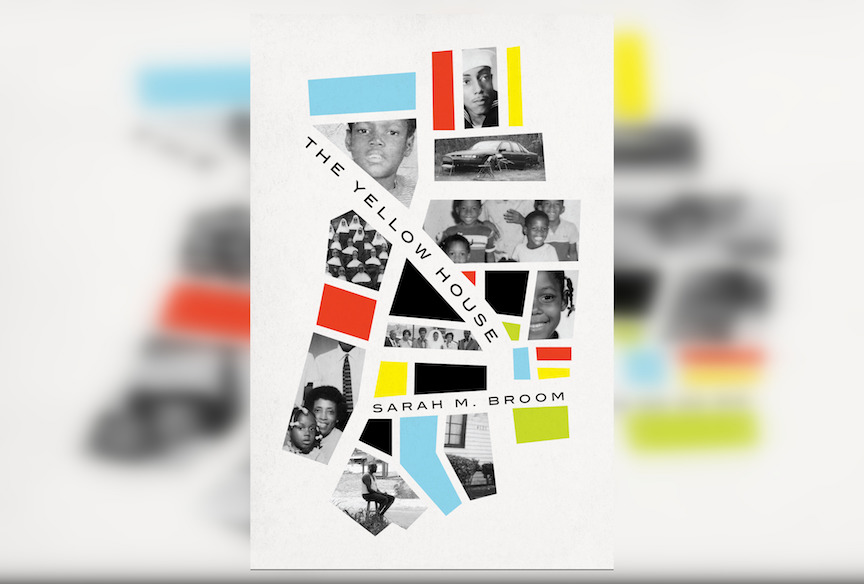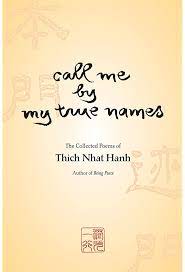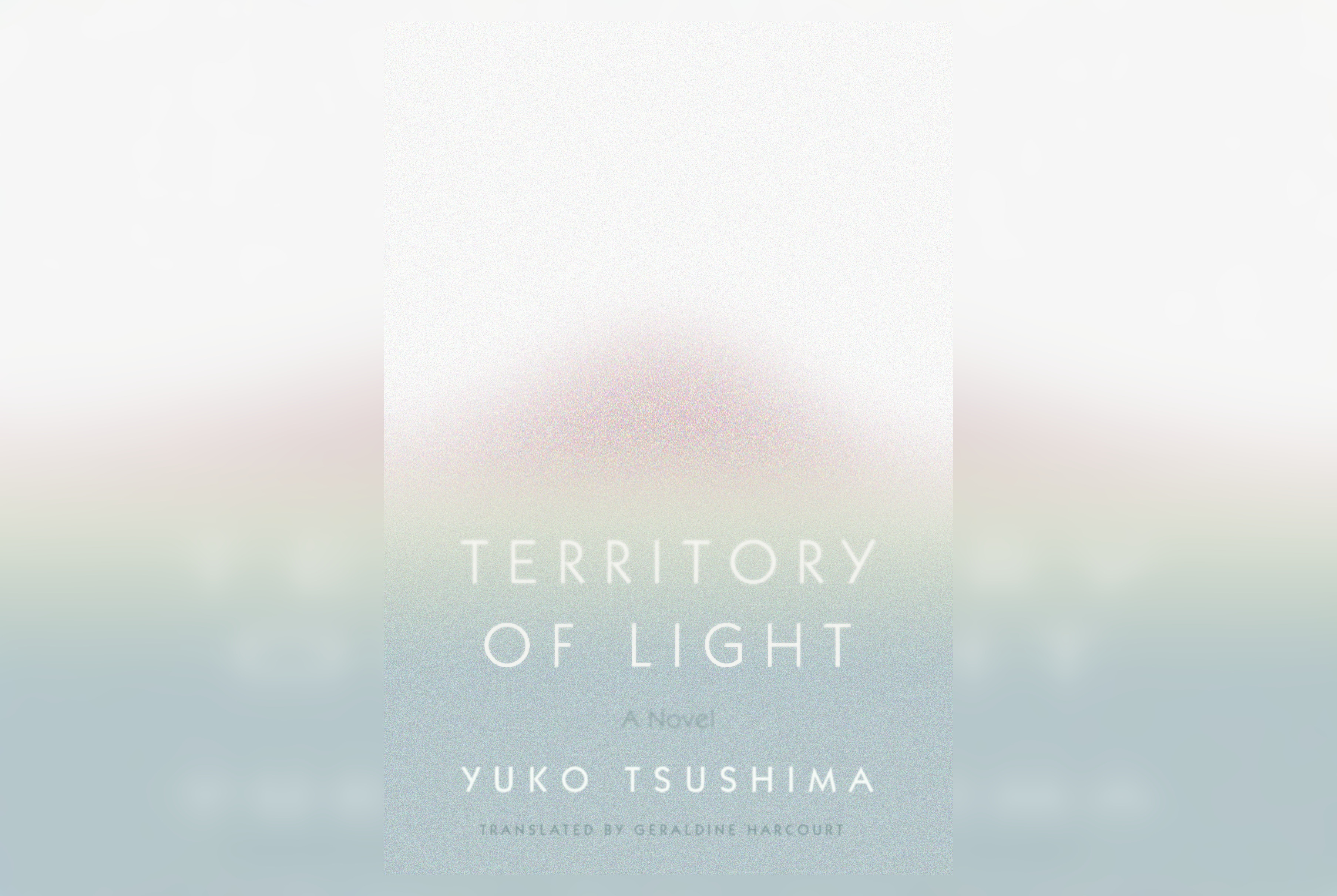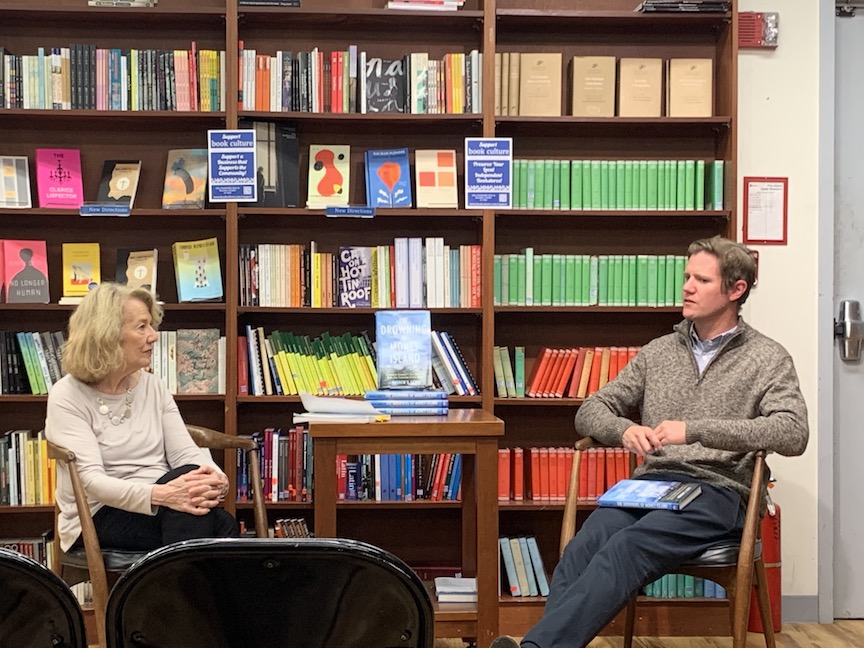Sarah M. Broom’s debut book The Yellow House reads like a multifaceted map, not just of a place but an expanse of time, marking both relationships and absences. Part scrapbook and part oral history, it is an expertly curated museum exhibit of Broom’s family history. It is also a portrait of New Orleans East across the last 100 years.
Broom expertly starts from a time before she was born, enabling her to narrate her own birth and her early years. Through archival research, interviews, and her memories, Broom weaves a story that is wholly hers, without neglecting the lives of the many characters around her, including her mother, siblings, neighbors, and friends.
The memories and family tales recounted range from small, deeply personal moments—rich sensory descriptions of her surroundings on the day she put on her first pair of glasses—to the highly public and politicized. On the fourteenth anniversary of Katrina, Broom’s book not only remembers the disaster, but challenges readers to reckon with social and political structures in New Orleans that predated Katrina by over a century. Of the news coverage of that storm, she writes: “Those of us who were born to New Orleans already knew its underbellies. Storms, of all sorts, were facts of our lives. Those images shown on the news of fellow citizens drowned, abandoned, and calling for help were not news to us, but still further evidence of what we long ago knew.”
The titular shotgun house in New Orleans East is one of the central characters in the book. Already sinking into the soft earth when Broom’s mother purchased it in 1961, the yellow house on Wilson Street was not in a glamorous enough part of the city to appear on maps, but it was sold with the promise of a bright future. Cleaved in two during the storm, the yellow house lives on in Broom’s search to determine who has a right to the property, raising questions of governance, jurisdiction, and inequality. This book is filled with questions. Most go unanswered, but they provide a thrumming energy. What do we mean when we say home? How does one find home beyond the physical? How do we create these sacred spaces and who do we hold tightly?
The memoir-historiography hybrid is largely successful at creating an intricate narrative of family and place, but the four parts of the book feel disparate. They are written in different modes and the naming conventions of the short chapters are not consistent. At times, these structural elements do not feel precise or intentionally lawless, which distracts from the momentum of the story.
Early in the book, Broom writes what feels like a provocation, part promise and part warning: “When people tell you their stories, they can say whatever they want.” What seems to be an offhand axiom at the beginning of the book turns out to be a central tenet throughout. Her telling of her own story is a testament to what we have to hold onto after forces of nature destroy our lives: family lore, and the moments that hang in our memories.




